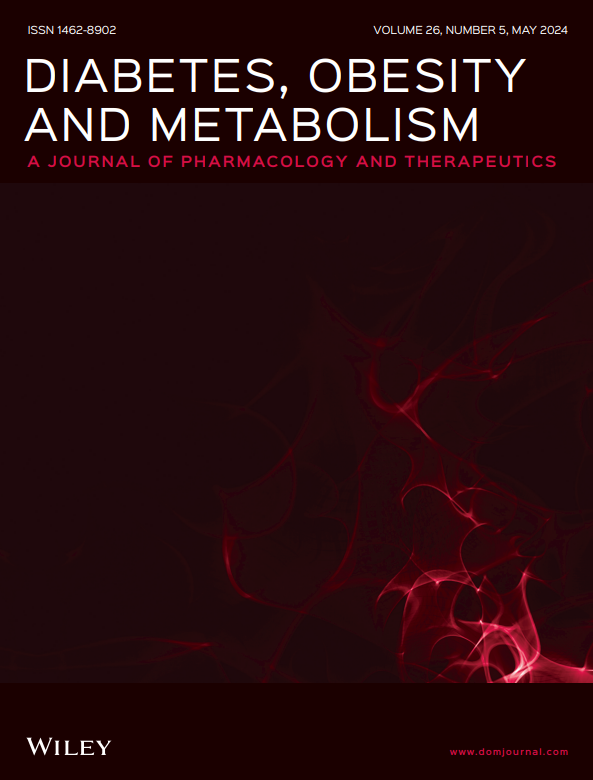Prevalence of overweight and obesity in adults from the Middle East: A large-scale population-based study
Abstract
Aims
Although there are population-level estimates of the prevalence of overweight and obesity (OAO), there are few direct epidemiological surveys of OAO prevalence at scale.
Materials and Methods
This was a cross-sectional, multi-centre, population-based study of all adults aged >18 years attending the Dubai Academic Health Corporation (DAHC) between January 2018 and August 2023. OAO was defined according to WHO standards or modified WHO cut points for individuals from WHO South-East Asian Region (SEAR) countries. Clinical obesity, defined according to new Lancet Commission diagnostic criteria, was estimated using ICD-10 codes corresponding to end-organ dysfunction.
Results
Of 440 590 participants, 48.5% were female, 52% were aged 19–39 years and 37.1% were UAE nationals. 63.4% of the population were living with OAO. Significantly more UAE nationals (68.3%) were living with OAO than nationals from SEAR countries (59.7%, p < 0.001) or elsewhere (63.6%, respectively, p < 0.001). Significantly more females than males were living with obesity (30.4% vs. 25.9%, p < 0.001). About a half of female UAE nationals aged ≥40 years were living with obesity, about one in five of whom had class 2 or class 3 obesity. Using modified ethnicity-specific thresholds increased the overall proportion of people living with obesity in the UAE from 28.0% to 35.8%. About a third of individuals with a body mass index ≥40 kg/m2 also had signs or symptoms of ongoing organ dysfunction classifiable as clinical obesity.
Conclusions
This is the largest epidemiological study to provide direct prevalence data on OAO at this scale in the region and one of the largest globally. Using standard WHO cut points to define OAO may severely underestimate the prevalence of clinically actionable obesity in individuals of Southeast Asian ethnicity. This first application of new diagnostic criteria of clinical obesity suggests that some individuals may be disqualified from therapy who might otherwise benefit from a patient-centric approach.





 求助内容:
求助内容: 应助结果提醒方式:
应助结果提醒方式:


